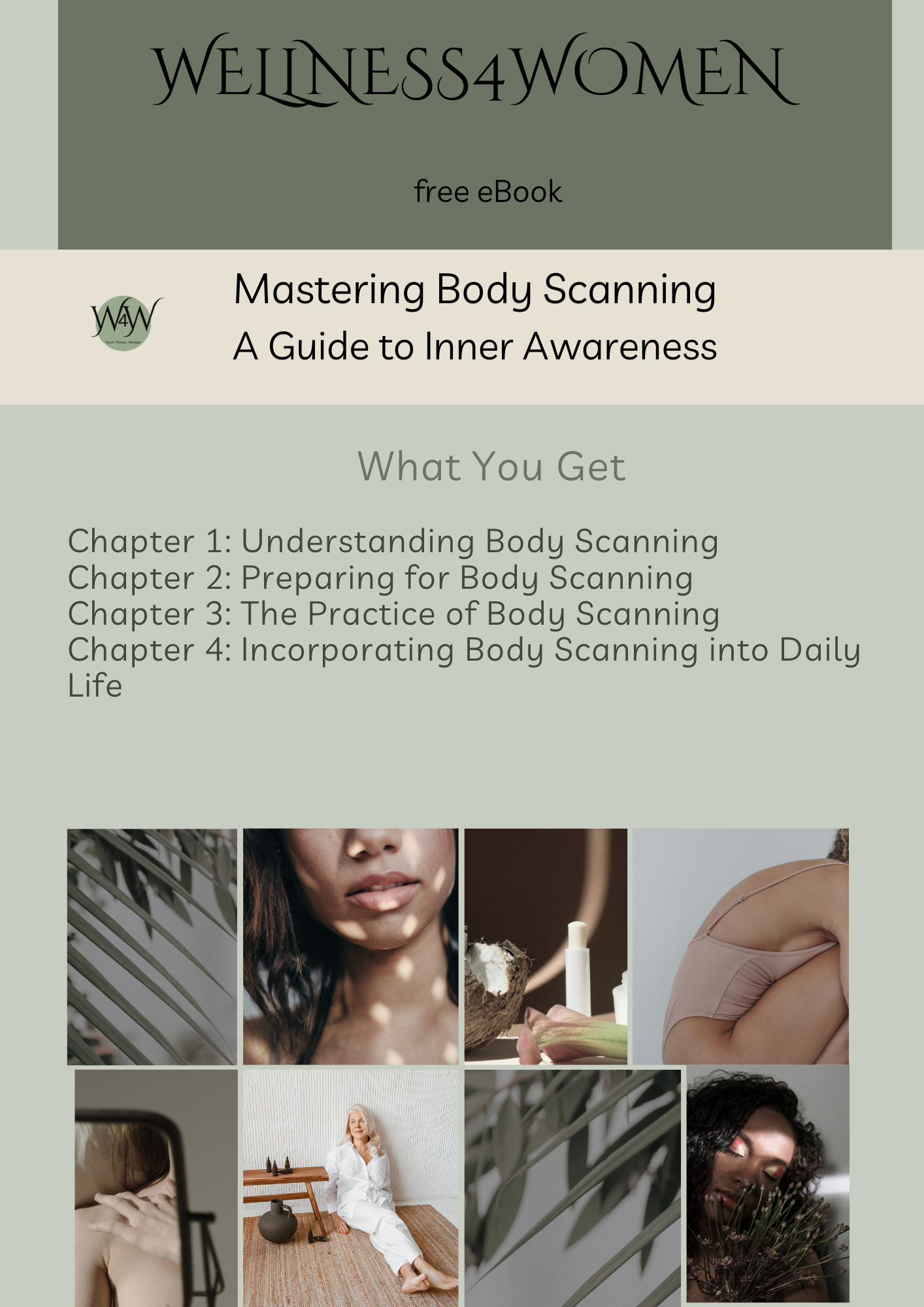Mindfulness can be summed up in just One word- Intentionally.
This post concisely explains what mindfulness is, for more details
watch the video at bottom of this article
Mindfulness is defined as a kind of mental training, based upon the practice of deliberately bringing your attention to bear on your physical sensations, emotions, and thoughts. Mindfulness can also be explained as….
- moment-to-moment awareness
- savouring life itself
- observing the moment
- surrendering to the moment
- Accepting the present moment
- Focus
- witnessing your thoughts and emotions
- withdrawing attention from the past and the future to the now
- cognitive therapy
- a re-minding
- bare attention
- paying attention on purpose
- the unfolding of an experience
- intentional observance
- attitude transformation
It is accepted among the ancients and modern researchers that there are Seven Goals of mindfulness practice.
- Mindfulness is cultivated by assuming the stance of an impartial witness to one’s own experience. It is a sort of non-judgmental and open attitude to whatever experiences arises in oneself.
- We cannot rush into the experience because mindfulness requires an attitude of patience and understanding that things will unfold in their own time.
- No moment is the same as any other, each is unique and contains distinctive possibilities. In your moment-by-moment experience, you need to have a beginner’s mind with a sense of curiosity.
- Developing a basic trust in yourself and feelings is an integral part of mindfulness. It is important to trust in your intuition even if you make some errors along the way. The goal of mindfulness is for you to become more fully yourself since it is impossible to become like somebody else.
- The goal of mindfulness is to just BE. It is an attitude of non-striving. It is the ultimate of peace of mind.
- Maintain an attitude of receptiveness to whatever you are sensing, feeling, or thinking. Accept all your experiences as they are at face value because it is present at this moment they are occurring.
- Intentionally put aside the inclination to elevate some aspects of your experience and to reject others. Be non-judgmental of the experience, it is a way of letting go, of letting things be, and of accepting things as they are.
I hope this short article has been of help to you. Please my other blogs to learn how to get the full benefit from mindfulness. The nature of my work is to empower people with education and motivation, so they may live meaningful and happy lives.
NEW Course on Udemy Mindfulness Masterclass for Stress Relief – click on graphic

The Mindfulness Stress Relief Master Class is designed for newbies to Mindfulness or anyone interested in learning self-awareness and improving well-being and personal growth. It will teach you How Mindfulness is used when you are feeling stressed. This course is suitable if you want to learn how to relieve your stress in a simple, practical, and fun way.
Hello! my name is Paula Rose Parish MA. my main focus is teaching Mindfulness and also advocates Holistic Living for the well-being of Mind, Body and Spirit. I love the great outdoors, crafting, my dogs, and writing, and family.
If you feel stressed or are a hyper-focused, motivated achiever, then I know you can successfully apply yourself to create a better balance in your life with Mindfulness. At times, life sucks and isn’t fair or kind. However, there is hope on the horizon. Mindfulness is a beautiful tool to help you to succeed on your journey. However, to live mindfully, you must develop what I call- Well-Habits.
The key learning points include:
· Origins of Mindfulness and why it works as it does.
· Understanding what harmful stress is and how to self-regulate it to find relief.
· Learning the triggers to stress to be better able to respond to challenging situations rather than react.
· Recognising patterns of worrying or self-criticism that often generate more stress.
· Developing practical self-care tools to help you thrive, perform at your best, and build resilience.
Course Materials
· PDF will cover the theory of each session and provide details of the home practice.
· PowerPoint slides to guide you through the course.
· Video lectures
· End of module quizzes
Thank you for visiting me here; I hope this post was helpful. If it was, please subscribe, or leave a comment with any questions!
If you feel you would like further support, please contact me. Details of How to get in touch with me are found in my home page’s top menu.
HEAD OVER TO YOUTUBE AND CATCH UP WITH MY VIDEOS – it is Free!
Virtual hugs, I look forward to your visit to my next blog post!
Paula Rose Parish



